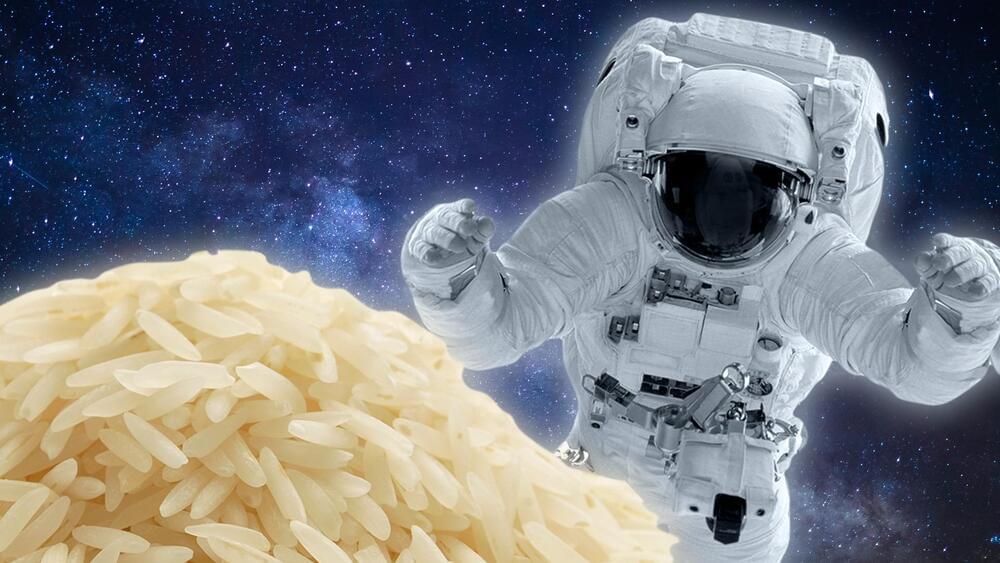Space spiders eat the space insects in your house.
James Webb Space Telescope’s newest infrared images reveal star formation in the Tarantula Nebula and may shed light on nebulae in the early universe.


According to the researcher, the same technology could be applied to beetles and cicadas as well.
It’s a fun and futuristic vision: an army of remotely controlled cyborg insects that can infiltrate hard to reach locations or monitor crops.
But scientists will have to advance the tech carefully — nobody wants to risk a cyborg cockroach uprising.
Lab grown chicken meat.
We eat 50 billion chickens every year. Is there a better way?
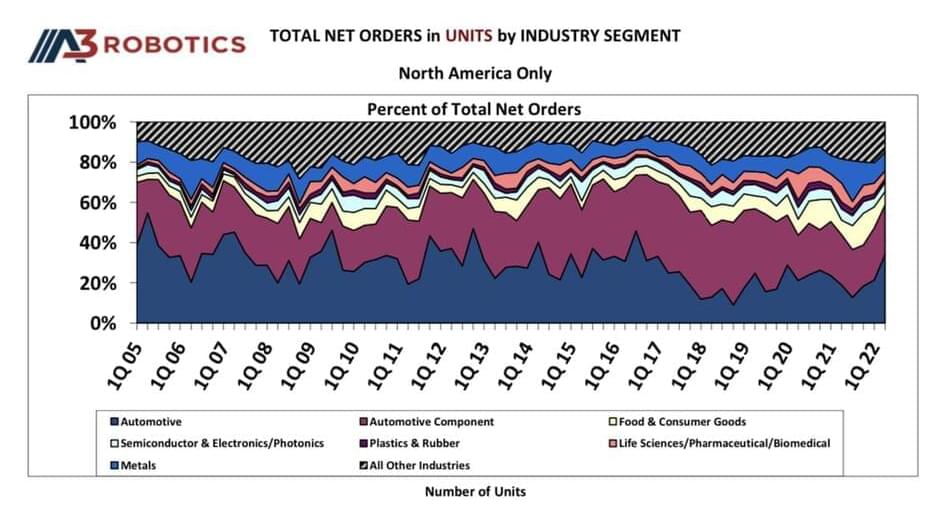
This will create new types of jobs especially in software industries.
ANN ARBOR, Mich.—(BUSINESS WIRE)—For the third-straight quarter, robot sales in North America hit a record high, driven by a resurgence in sales to automotive companies and an ongoing need to manage increasing demand to automate logistics for e-commerce. According to the Association for Advancing Automation, of the 12,305 robots sold in Q2 2022, 59% of the orders came from the automotive industry with the remaining orders from non-automotive companies largely in the food & consumer goods industry, which saw a 13% increase in unit orders over the same period, April through June, in 2021.
Robot sales hit new record in North America for 3rd straight quarter: Includes renewed surge in #automotive and continued uptake of #robotics and #automation in food and consumer goods industries driven by #ecommerce, industry group @a3automate reports. Tweet this
“While automotive entities have long been the frontrunner in deploying robotics and automation, the last few years have seen food & consumer goods, life sciences and other industries grow at even higher rates,” said A3 President Jeff Burnstein. “While this quarter shows a marked shift back to historic norms with more robots going to automotive than to any other industry, the continued growth of robotics in food & consumer goods companies especially demonstrates the ongoing need to automate warehouse logistics for handling the exploding growth of e-commerce. We’re excited to share the latest on robots in the logistics space at our upcoming Autonomous Mobile Robots & Logistics Week in Boston in October.”
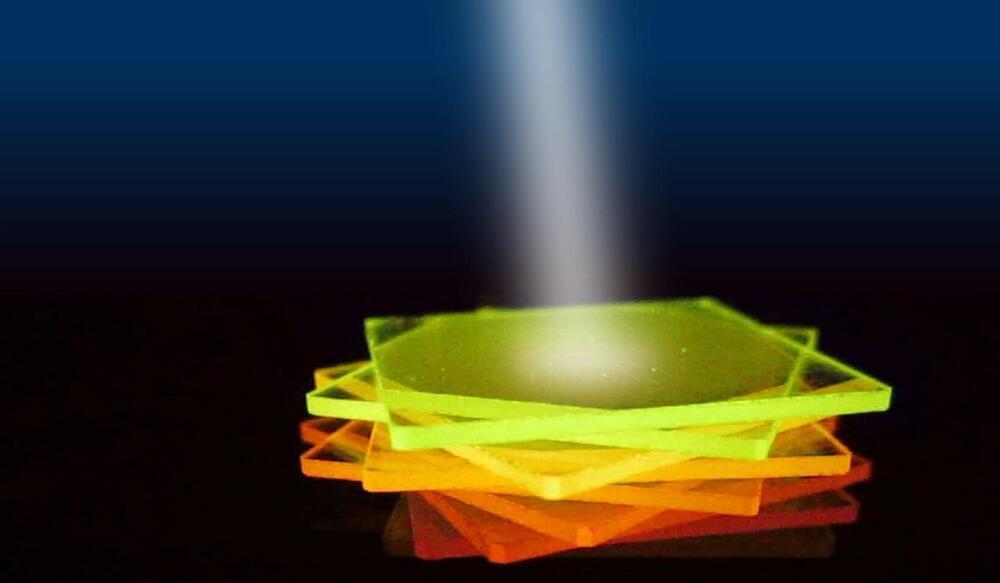
In a recent publication in the journal Advanced Materials, a team of physicists and chemists from TU Dresden presents an organic thin-film sensor that describes a completely new way of identifying the wavelength of light and achieves a spectral resolution below one nanometer. As integrated components, the thin-film sensors could eliminate the need for external spectrometers in the future. A patent application has already been filed for the novel technology.
Spectroscopy comprises a group of experimental methods that decompose radiation according to a specific property, such as wavelength or mass. It is considered one of the most important analytical methods in research and industry. Spectrometers can determine colors (wavelengths) of light sources and are used as sensors in various applications, such as medicine, engineering, food industry and many more. Commercially available instruments are usually relatively large and very expensive. They are mostly based on the principle of the prism or grating: light is refracted and the wavelength is assigned according to the angle of refraction.
At the Institute for Applied Physics (IAP) and the Dresden Integrated Center for Applied Physics and Photonic Materials (IAPP) of the TU Dresden, such sensor components based on organic semiconductors have been researched for years. With the spin-offs Senorics and PRUUVE, two technologies have already been developed towards market maturity. Now, researchers at the IAP and IAPP, in cooperation with the Institute of Physical Chemistry, have developed a thin-film sensor that describes a completely new way of identifying the wavelength of light and, due to its small size and cost, has clear advantages over commercially available spectrometers.
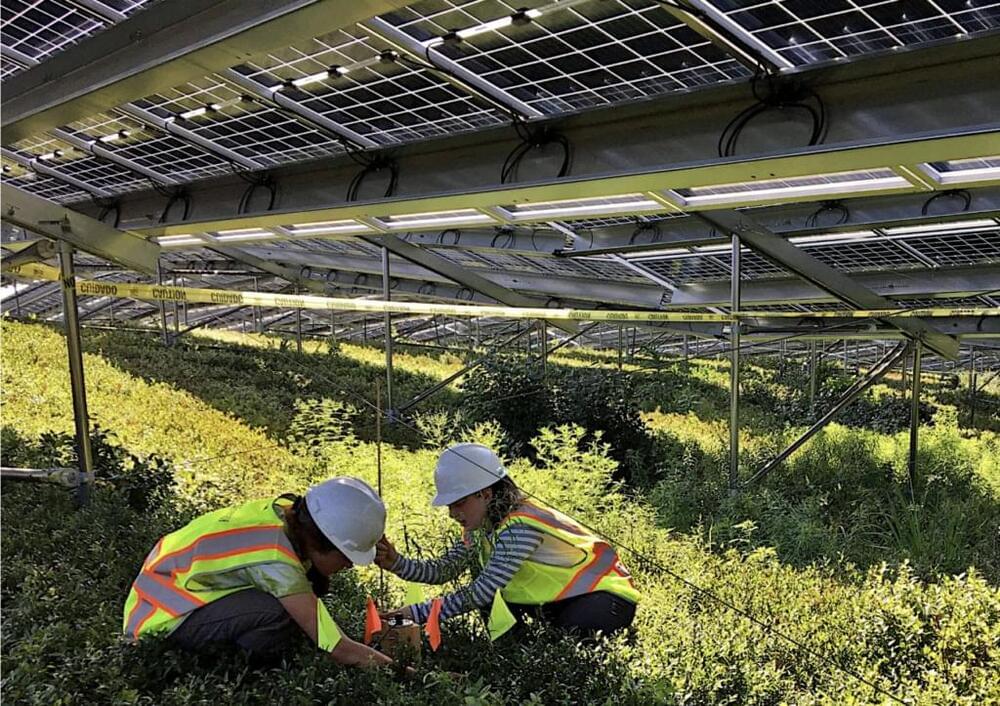
But blueberry land and other parcels of rural Maine are being increasingly eyed for housing development, and Sweetland feels the wild blueberry sector is under pressure, especially when blueberry market prices drop.
He hopes that a new “crop” growing in tandem with berries could help boost the local industry and preserve farmland. That would be solar panels that have been installed across 11 acres of the land where Sweetland farms blueberries in Rockport, Maine.
The University of Maine is studying this example of dual-use agrivoltaics. The solar installation was developed by the Boston-based solar developer BlueWave, and it is owned by the company Navisun, which makes lease payments to the landowner. Sweetland tends, harvests and sells the blueberries, and shares profits with the landowner.
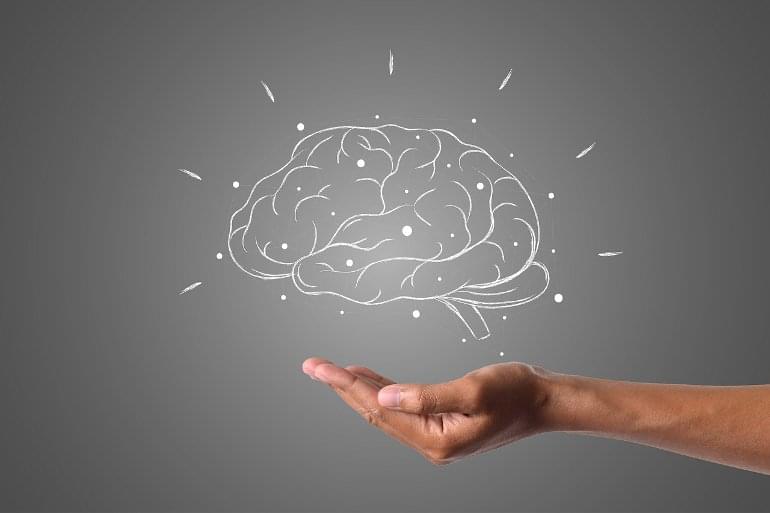
Summary: A new mouse study provides clues as to how the brain processes sensory information from internal organs, revealing feedback from organs activates different clusters of neurons in the brain stem.
Source: Harvard.
Most of us think little of why we feel pleasantly full after eating a big holiday meal, why we start to cough after accidentally inhaling campfire smoke, or why we are hit with sudden nausea after ingesting something toxic. However, such sensations are crucial for survival: they tell us what our bodies need at any given moment so that we can quickly adjust our behavior.

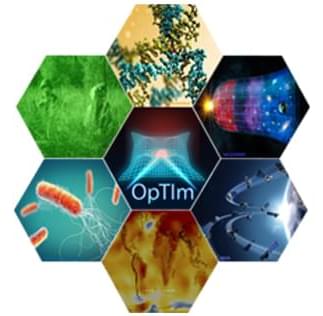
The infrared (IR) spectrum is a vast information landscape that modern IR detectors tap into for diverse applications such as night vision, biochemical spectroscopy, microelectronics design, and climate science. But modern sensors used in these practical areas lack spectral selectivity and must filter out noise, limiting their performance. Advanced IR sensors can achieve ultrasensitive, single-photon level detection, but these sensors must be cryogenically cooled to 4 K (−269 C) and require large, bulky power sources making them too expensive and impractical for everyday Department of Defense or commercial use.
DARPA’s Optomechanical Thermal Imaging (OpTIm) program aims to develop novel, compact, and room-temperature IR sensors with quantum-level performance – bridging the performance gap between limited capability uncooled thermal detectors and high-performance cryogenically cooled photodetectors.
“If researchers can meet the program’s metrics, we will enable IR detection with orders-of-magnitude improvements in sensitivity, spectral control, and response time over current room-temperature IR devices,” said Mukund Vengalattore, OpTIm program manager in DARPA’s Defense Sciences Office. “Achieving quantum-level sensitivity in room-temperature, compact IR sensors would transform battlefield surveillance, night vision, and terrestrial and space imaging. It would also enable a host of commercial applications including infrared spectroscopy for non-invasive cancer diagnosis, highly accurate and immediate pathogen detection from a person’s breath or in the air, and pre-disease detection of threats to agriculture and foliage health.”
